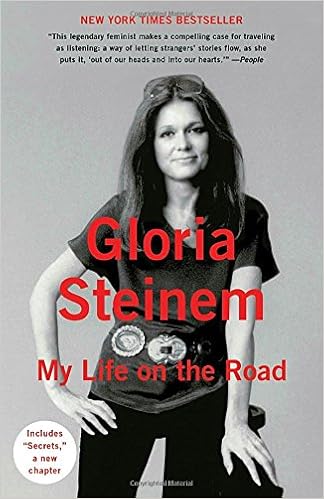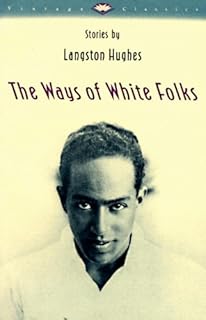Having read and reviewed the Rosa Parks’ the Douglas Brinkley biography Rosa Parks-A Life several years ago, I thought I knew so much about the civil rights icon. But H. H. Leonards knew Rosa Parks on a very personal level, and she discusses their friendship in her inspiring and candid book Rosa Parks Beyond the Bus: Life, Lessons and Leadership.
Leonards made Rosa Parks acquaintance shortly after Parks was brutally attacked in her Detroit home during a robbery. Parks wasn’t only brutally attacked, she was also raped and beaten so fiercely, her pacemaker dislodged. Knowing Parks didn’t feel safe, president of the Beverly Hills branch of the NAACP, Brother Willis Edwards, reached out to H. H. Leonards who owns The Mansion in Washington D.C. Brother Willis Edwards knew Parks would feel much more secure at the Mansion and Leonards was happy to share her place with the Civil Rights icon. Little did she know that she would strike up a wonderful friendship with Parks, a friendship that continues to inspire her to this day.
Leonards soon learned Rosa Parks was so much more than the lady who wouldn’t give up her bus seat to a white passenger back on December, 1, 1955 in Montgomery, Alabama. Parks had long been active in the Civil Rights movement. Parks was very open in sharing her life story with Leonards, her difficult childhood, her marriage to Raymond Parks, her activism, and the struggles and triumphs she experienced. Throughout everything, Parks remained hopeful and committed to her African Methodist Episcopal faith. In fact, Parks and Leonard’s deep-abiding faith (she’s a Roman Catholic) was a touchstone for both of them.
Not only was Parks devoted the rights of black people, she was also very devoted to the rights of women. Long before the #MeToo movement, Parks was fighting for the legal and human rights of rape and sexual assault victims in the 1940s! Parks was definitely a pioneer when it comes to the concept of feminism, though she may have never called herself a feminist.
Parks never had children, but she was often called Mother Parks. Children were very drawn to Mother Parks. She treated them with kindness and respect, and encouraged them to be the very best.
So many people were drawn to Rosa Parks, both famous luminaries and everyday people. She was kind and open with every person she met. And there is no doubt, meeting Rosa Parks was a singular experience, one to be remembered and cherished for a very long time. Despite, her accomplishments, Parks never put on airs or acted like she was more important than anybody else. In fact, she went out of her way to make others feel special.
I thoroughly enjoyed Beyond the Bus, and gained so much about learning more about Rosa Parks. Yes, Beyond the Bus is a memoir, but it is also a primer on living one’s life with purpose, grace, empathy, and dedication to the greater good of society.



 In the mood to read a collection of short stories rather than read a full-length novel, book of essays or work of non-fiction, I chanced upon Kathleen Collins’ small volume of stories Whatever Happened to Interracial Love at my local library. The book I held my hand was small and I figured it wouldn’t take much time to read it and therefore, I could quickly churn out another review in a short amount of time.
In the mood to read a collection of short stories rather than read a full-length novel, book of essays or work of non-fiction, I chanced upon Kathleen Collins’ small volume of stories Whatever Happened to Interracial Love at my local library. The book I held my hand was small and I figured it wouldn’t take much time to read it and therefore, I could quickly churn out another review in a short amount of time. Langston Hughes (1902-1967) was born James Mercer Langston Hughes in Joplin, Missouri. He was a prolific writer, poet, playwright, author and activist. As a young man, Langston led a complex and adventurous life both in the United State and abroad, which undoubtedly influenced his writing style and his outpouring of work. He was a key player in the
Langston Hughes (1902-1967) was born James Mercer Langston Hughes in Joplin, Missouri. He was a prolific writer, poet, playwright, author and activist. As a young man, Langston led a complex and adventurous life both in the United State and abroad, which undoubtedly influenced his writing style and his outpouring of work. He was a key player in the 

